It was a fun time shooting Sammie Simone (find her on insta: @yeahthatginger) at Joshua Tree National Park this labor day weekend. Thanks to John King for getting Sammy in on it.
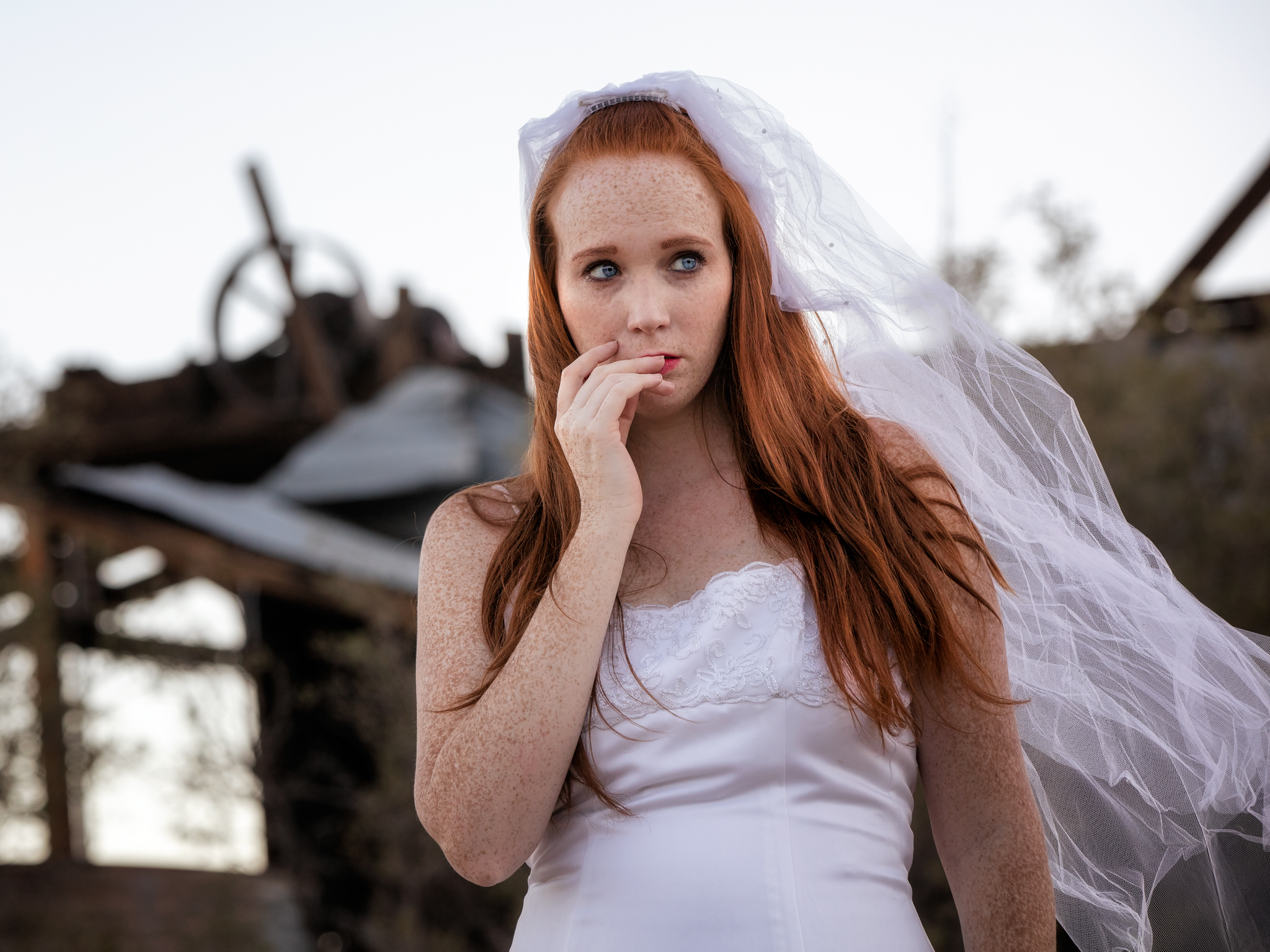
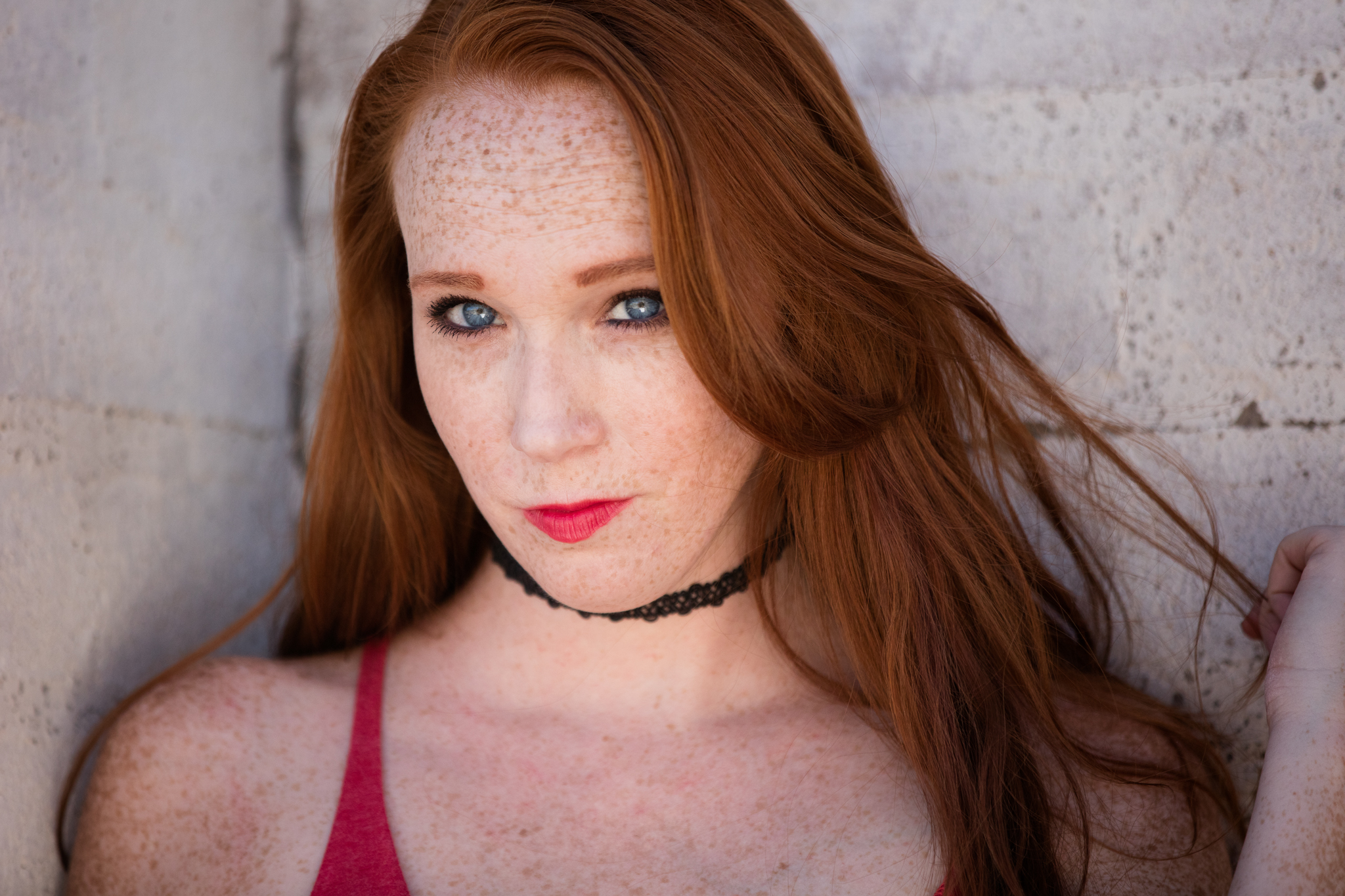
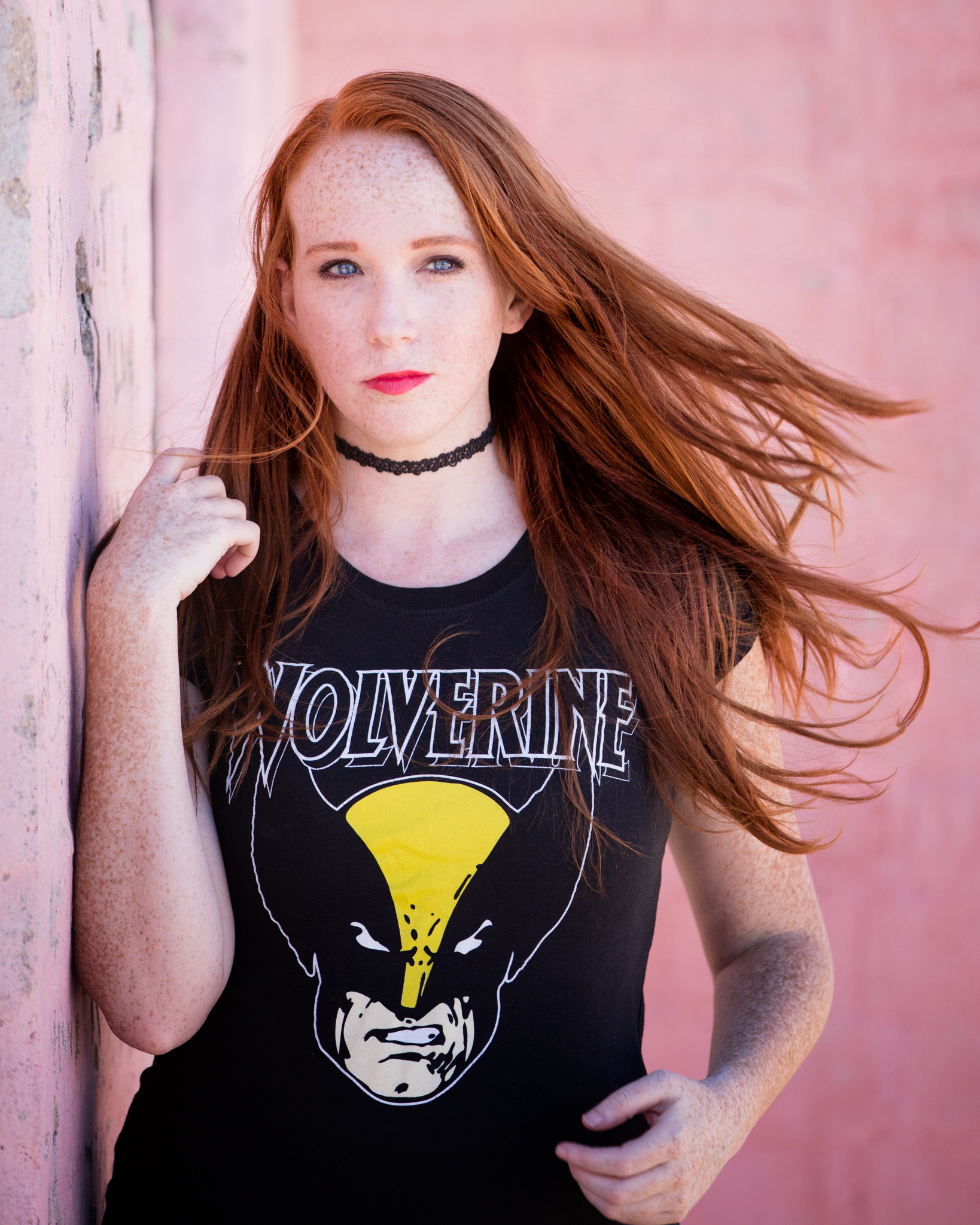
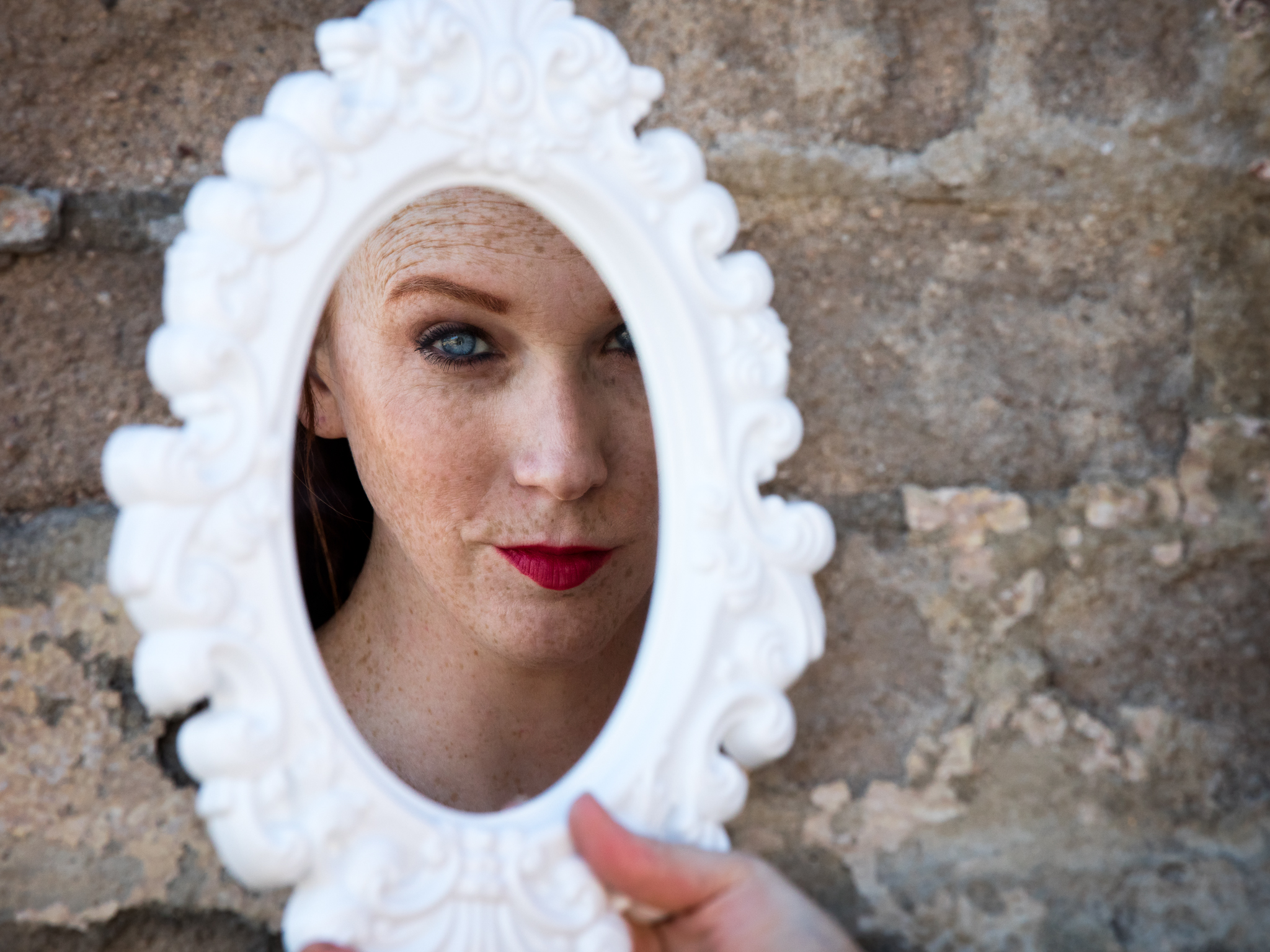


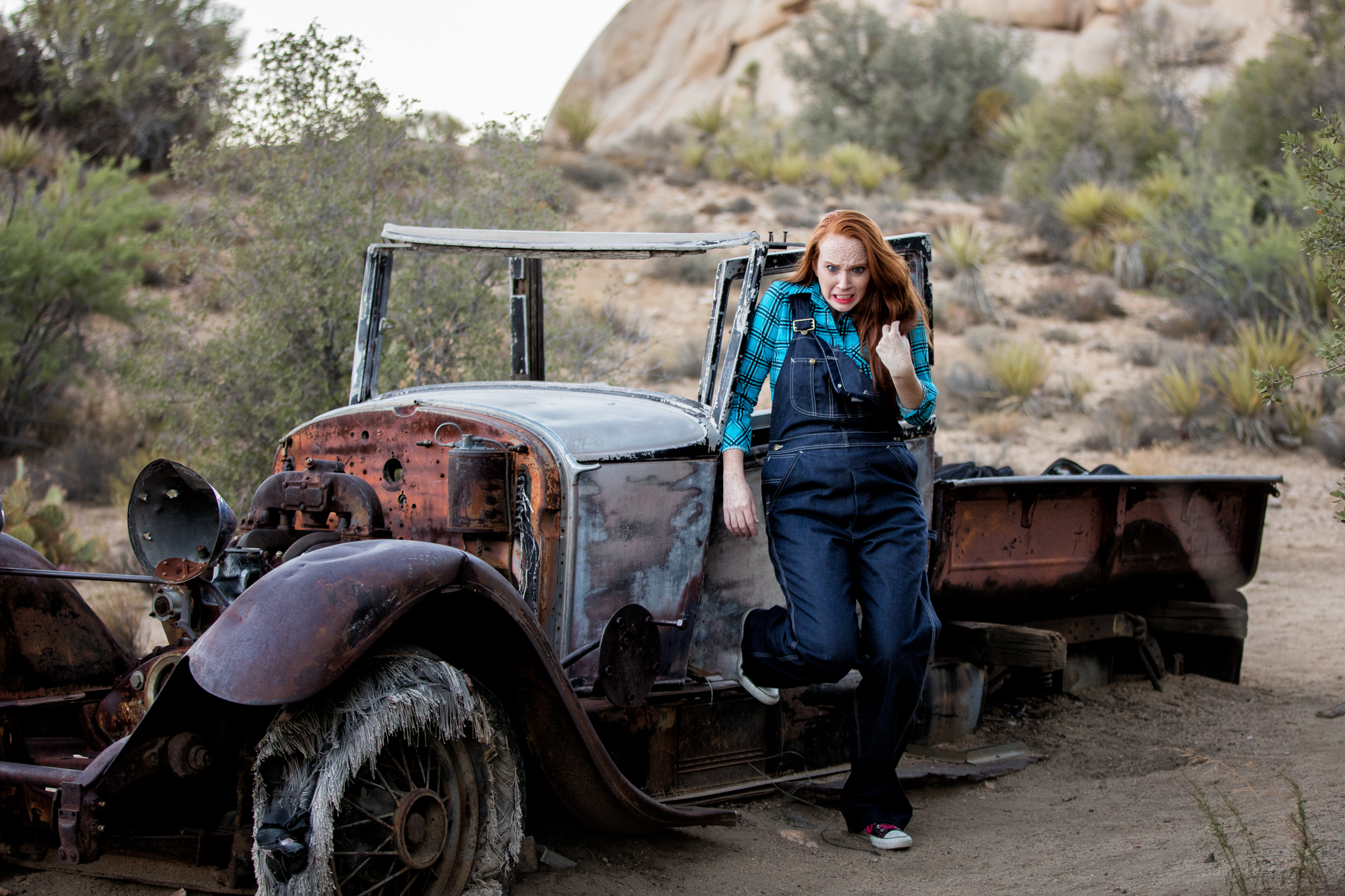
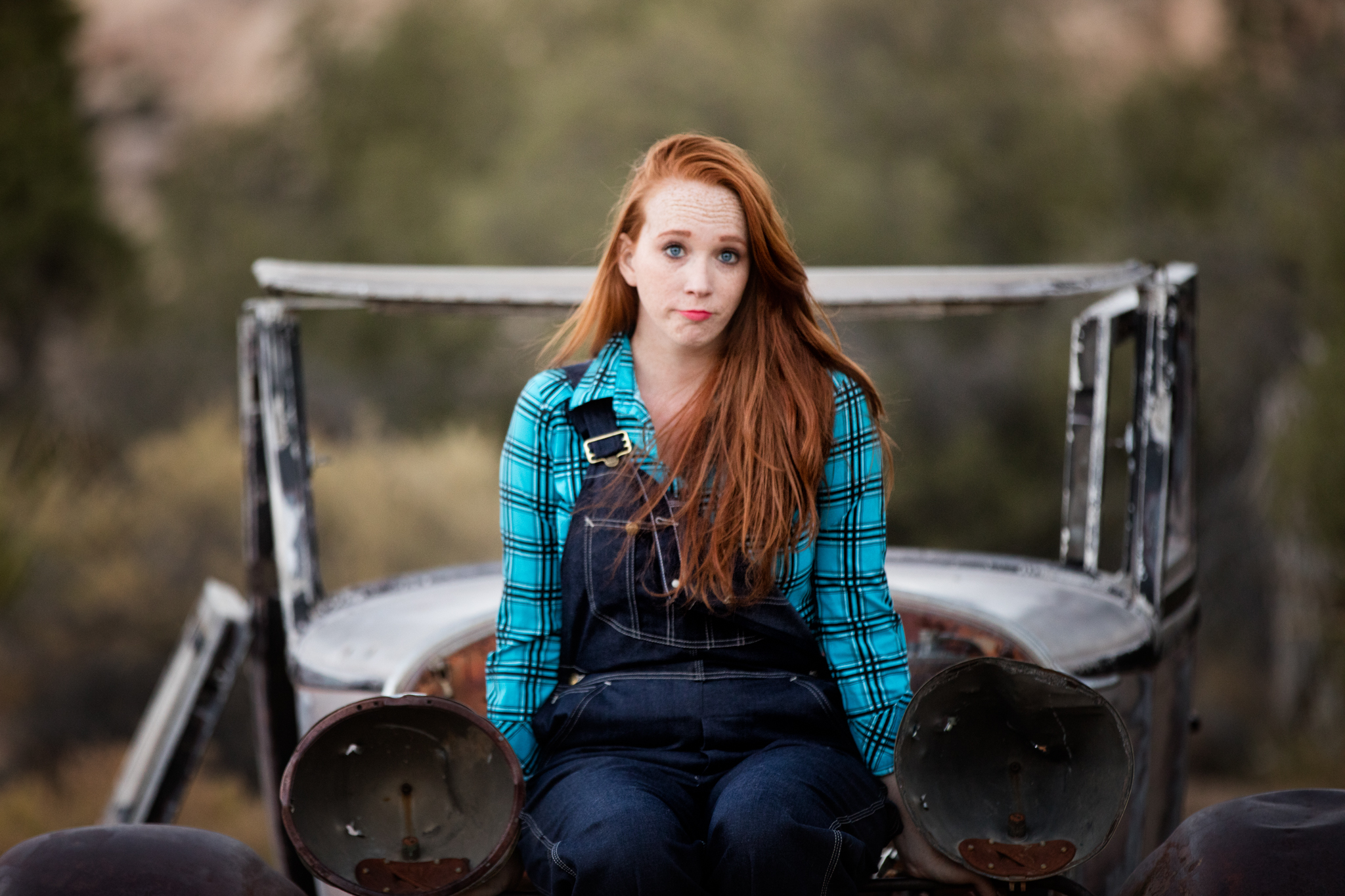

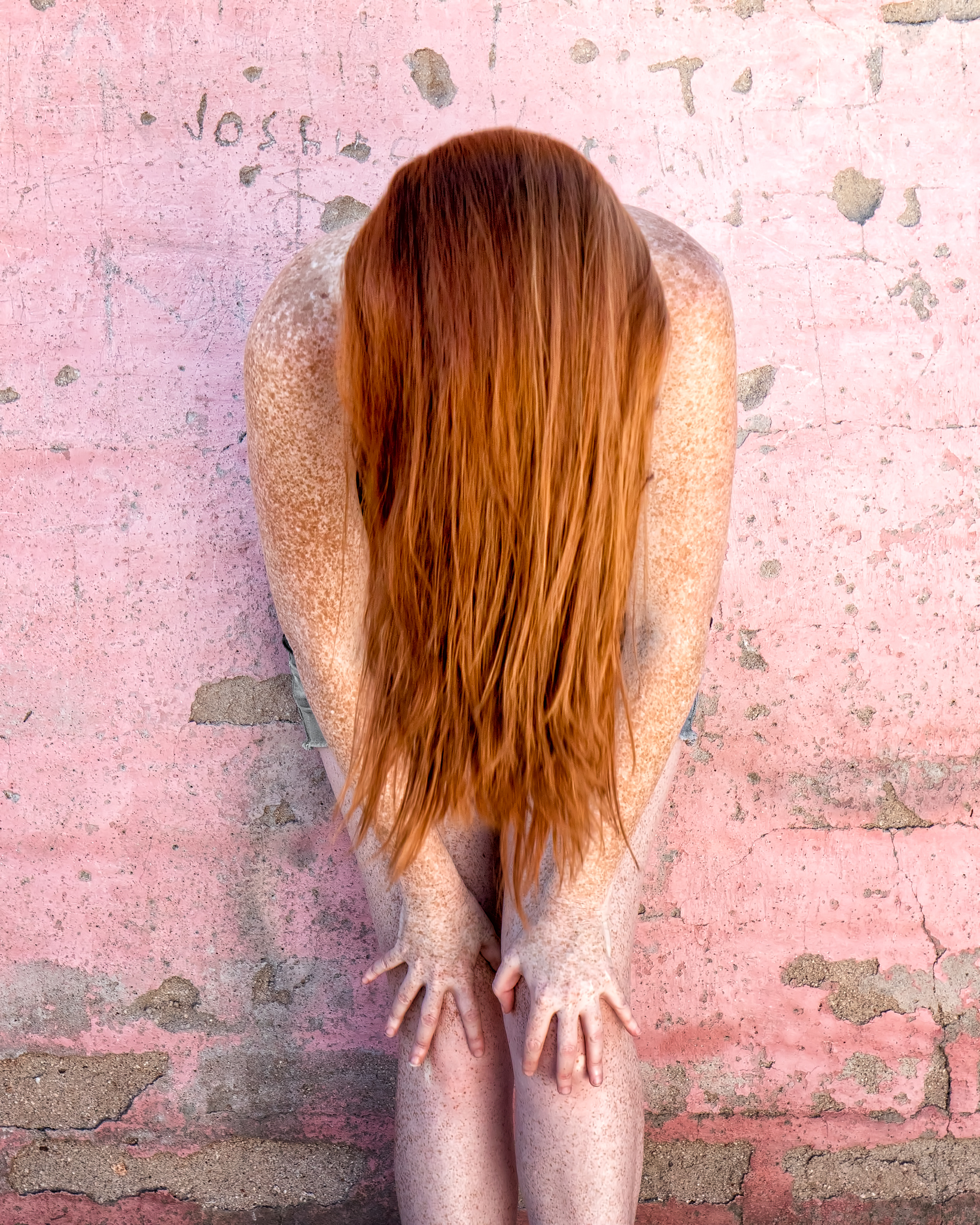
I wasn't thinking about the wildfires raging away in north Los Angeles county, 100 miles away, when I drove down to the Port of Los Angeles to take photographs. But the wildfires were there in the light, in every picture I made. Smoke has a way of being ugly and beautiful at the same time. Call it jolie laide, but for landscapes instead of people. The smoke makes palpable in every picture the extreme summer heat we're having. Here are two examples.
Summertime is a good time for flying. It's also a good time for resting. And it's a great time for hummingbirds and tarantula hawks. Here are two of these animals doing both.
A tarantula hawk flits from flower to flower. While the females lay their eggs in living tarantulas for their larvae to devour later, the males prefer to eat milkweed flowers.
A female Anna's Hummingbird, just chilling in the summer heat.
The bright colors of the tarantula hawk are an example of aposematism, advertising to potential predators not to mess with it. This animal is said to have one of the most painful stings of any insect. I'm not eager to personally verify that claim.
I took a number of pictures of this hummingbird with the wings frozen in all different positions--up, down, forward and backward. But I picked this image because I found it unusual and I liked the shape the animal makes with her wings forward.
Last week, Stephanie and I were graced with a visit from Chelsea and Tony Northrup and their super nice producer, Justin Eckert. Together, we spent the week road tripping along California's Eastern Sierra, taking pictures, laughing obnoxiously, and having loads of delighted fun.
We don't know how we got so lucky, but meeting and spending time the the Northrup team was an absolute treat, one of the high points of my already very full and satisfying life. Both Stephanie and I feel like we have known and loved them for ages, and we know we won't find sweeter, more generous and honest people anywhere.
For readers who don't know about Tony and Chelsea, they are authors, publishers, educators and Youtubers who spend unfathomable amounts of energy helping people around the world learn the art and science of photography. If you're learning photography (and you are... we are always learning), you should check them out. I promise, you'll be delighted. Here are a couple of links:
Click here to see their best-selling book
Click here for their Youtube channel
Their website
And here are a few snaps from the trip. I'm still going through all the shots.
They are officially called the Imperial Dunes, but off-road aficionadoes call the area "Glamis." The dunes are among the largest in North America, stretching 40 miles to the California-Mexico border and a little beyond. Standing in the dunes, you could swear that you're in the middle of the Sahara, or maybe on Tatooine, waiting for the Sand People to come. But you are standing in what is on average the hottest, driest desert in North America, the Colorado Desert. There are hotter and drier places, like the Mojave Desert's Death Valley, but overall, the Colorado is hotter and drier than the Mojave.
Incidentally, the Colorado Desert is not named after the State of Colorado. Both are named after the Colorado River, which runs through so many places.
The dunes are bisected by a highway. North of the highway is a wildlife preserve, and south of the highway... well, that's where people from all over the US come to play with their dune buggies, sand rails, quads, Jeeps, and sand toys of all kinds.
I recently visited some friends who were playing with their toys down in Glamis, and took a couple of pictures while I was there.
Palo Verde trees grow in this desert and are poignantly beautiful in the spring
People come from all over to drive on these dunes. This sand rail is being driven by Scott Rueschenberg of JPU Racing. He's taking his son for a spin.
The sand is 300 feet deep in some places, with some pretty steep hills and valleys. You have to be careful where you drive.
You can see the wind pulling a little sand off the top of this dune. Wind is how these dunes formed in the first place.
Thanks to our friend Larry, we got a chance to ride around in a dune buggy for a little while. And we got a chance to get stuck in the sand, too.
The hot atmosphere in this 600 millimeter shot is roiling over the sand, making these two distant bikers--and the rest of the dunes--look like an illustration.
A good time was had by all.
I recently picked up this rugged camera luggage as a solution to the ever larger backpacks I was buying to house all my gear. Eventually, I ended up with a backpack so large and heavy, I couldn't carry it very far, and it wasn't even holding all my delicate gear. Plus, all the straps and zippers and the waist belt made it awkward to use as a simple place to keep the gear safe while at home. This Seahorse SE920DPL case is the solution. The DPL means it comes with a foam divider insert with adjustable velcro dividers for cameras rather than the more typical pick-out tiny foam cubes that are not really appropriate for camera gear.
This one is the size of a piece of rolling carry-on luggage. It's a clone of the famous and expensive Pelican brand cases, and to be honest, I can't really tell the difference. It's as heavy-duty as the Pelican cases but at around $109, it's half the cost. It's made in USA for those who care about these things. It comes with sturdy latch locks, two keys, plus there are holes for two padlocks. The case is completely waterproof and dust proof, with a hidden pressure release valve for when the altitude (or barometer) changes.
When full of gear, it's very heavy. Thankfully, the thing rolls like it's on ice skates, but also has two very strong carrying handles, one on the top, one on the side. And of course there's the pull out handle for towing. I stack my tripod against this with a bungee cord.

Mine is holding two professional camera bodies with battery grips, 8 lenses, two flashes and various sundry items. There is a mesh insert that screws into the top with a number of zipper pockets. The insert will hold a huge amount of small items like filters and batteries because the lid is fairly deep. It's a separate purchase for another $40. My insert is arriving next week.

I didn't pick this color, it picked me. Meaning, it was the one on sale. Seahorse calls it "international orange." I call it "electric cantaloupe attention whore". Anyhow, I didn't get if for the color, I got it because it's a bullet proof place for gear at an incredible price. When I am going out shooting, I pack out one of my three different size backpacks from this box depending on what I think I'll need. When I travel, I can easily take everything.
Anyhow, I'm writing about this thing because I think it's an amazing value. It's tough and very well-made, and the gear inside is protected. The price is right... I'm a happy buyer.
Most people aren't much fussed about what kind of pan their dinner was cooked in, nor should they be. But other cooks are interested. The same is true in photography; mostly only other photographers are interested in the tools that we're using. So this one is for you other photographers.
I'm still using Canon equipment and so far haven't wanted to diversify. This gear is working great, the expense is large enough without getting into other brands as well. I don't have any issues with dynamic range or pixel counts. This equipment provides more capability than my ability to surpass. When the last SLR is made and mirrorless cameras are all we can get, I might just well hang up my photographer's cap and pick another pursuit; the thought of making photography more like a video game makes my heart sad. In the beginning, I shot Olympus, and when they got rid of all their mirrors, I got rid of Olympus (one of the better moves I have made in my long life).
From left to right: The EF 100mm f/2.8L Macro IS USM, The 7D Mark II with Canon grip, the EF 100-400mm f/4.5-5.6L IS II USM, the EF 24-105mm f/4L IS USM, the 5DSr wearing the lovely EF 16-35mm f/4L IS USM and the Canon grip, the EF 70-200mm f/2.8L IS II, a Rokinon 14mm f/2.8 IF ED UMC, a Peleng 8mm f/3.5 circular fisheye, and of course, the EF 50mm f/1.4 USM. In back, my field tripod is a Manfrotto 055CX Pro4 wearing a Sirui K40x head.
Not pictured: a few Yongnuo flashes and wireless triggers, including a Yongnuo macro ring flash which becomes very useful in the spring time, and a full set of extension tubes to make the 100mm macro even more potent.
I like large, heavy cameras with lots to hold onto and little reason to let my hands tremble while shooting. I also like almost never having to think about the batteries until after I am home downloading. So for me, the grips are essential. Bonus: using a portrait grip reminds me to actually try composing in portrait orientation from time to time. This is not something that automatically occurs to most landscape shooters.
I also prefer shooting with an L bracket on my main camera, and one for the 5DS R is on the way.
Recently, the Port of Los Angeles invited some local photographers to go on a boat tour around the port to see the famous Benjamin Franklin, the largest container vessel ever to visit the Americas. It was a fun trip, and hearty thanks to the officials at The Port of Los Angeles for the opportunity.
Angel's Gate lighthouse at the sea entrance to the Port of L.A.
The CMA CGM Benjamin Franklin herself. She is the largest container vessel every to visit the Americas. She is longer than the Empire State Building, and wider than a football field is long.
Cranes stand ready to unload the next cargo-laden ship.
The Ever Ursula gets unloaded.
The fireboats Master and Admiral
The stern of the Benjamin Franklin
Massive infrastructure at the port keeps our material culture humming.
Stuck in downtown Los Angeles waiting for Stephanie to get off work, I thought I'd pop into the Los Angeles Zoo and make a some portraits of animals. Here are a couple of them.


